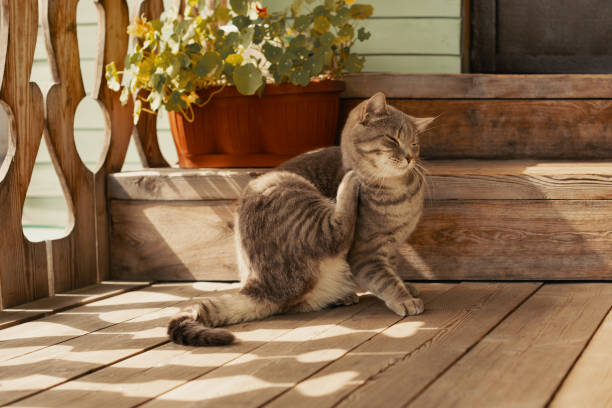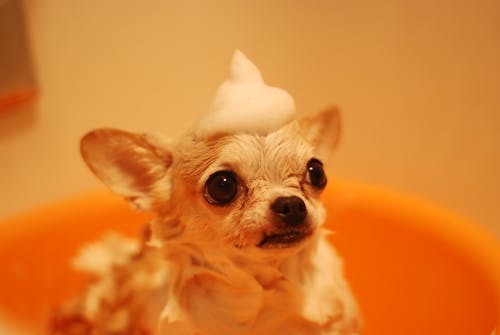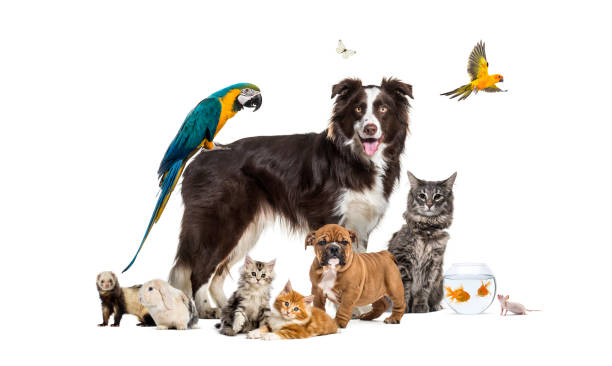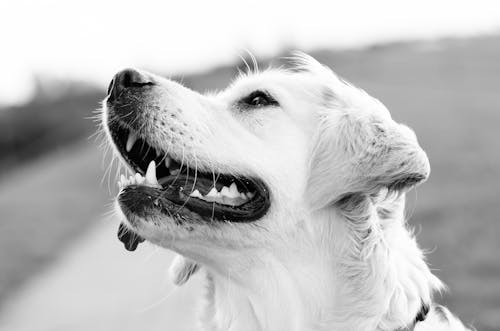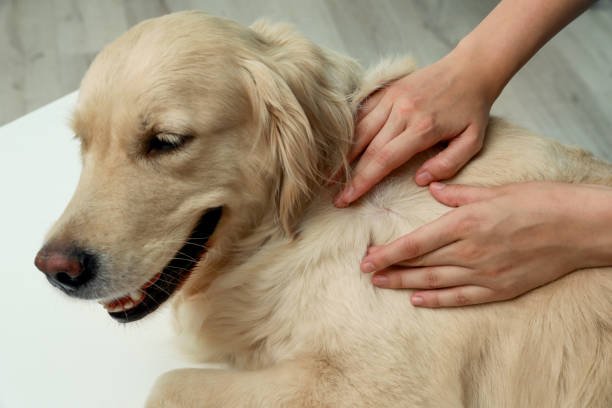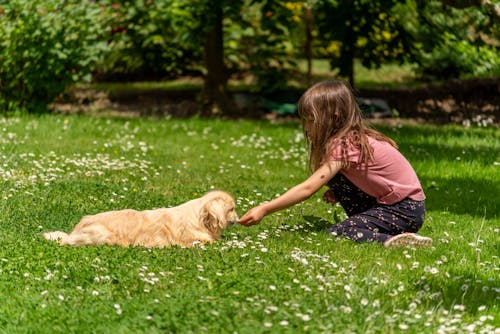This post may contain affiliate links, meaning that I may receive compensation if you make a purchase through these links. As an Amazon Associate, I earn from qualifying purchases. This compensation does not influence the content, or recommendations provided. The opinions expressed are my own, and I strive to provide honest and unbiased information.
Pet Shedding — What’s Normal, What’s Not
Pet shedding can be messy, but it’s also a sign of a healthy animal! Learn why your pets shed, how to manage it, and when shedding might mean more than just seasonal change.
Understanding Pet Shedding: Why It Happens
Shedding — it’s the glitter of the pet world. Whether it’s fur, feathers, or scales, all pets lose old body coverings to make way for new ones. And while it might drive you a little crazy during the fall season, it’s actually an essential part of your pet’s health.
The Science Behind Shedding in Pets
At its core, shedding (or molting) is a biological renewal process. Mammals like cats and dogs shed old, damaged hair to allow new growth. Birds molt feathers to keep them lightweight and functional for flight. Reptiles? They shed old skin in one glorious peel to allow for growth or healing.
This process is influenced by hormones, daylight, humidity, and overall health — making it both fascinating and complex.
Shedding vs. Molting: What’s the Difference?
While “shedding” and “molting” are often used interchangeably, they have distinct meanings:
- Shedding usually refers to hair or fur loss in mammals.
- Molting describes the replacement of feathers in birds or the shedding of skin in reptiles.
Either way, your pet’s outer layer is saying, “Time for a refresh!”
Seasonal Shedding: Why Fall Is Fur and Feather Season

Ever wonder why your dog looks fluffier in winter or your gecko sheds more often in autumn? It’s not a coincidence — it’s all about the seasonal cycle.
How Temperature and Daylight Affect Your Pet’s Coat
As daylight hours shorten and temperatures drop, many pets instinctively grow thicker coats or renew their feathers for the colder months ahead. This seasonal rhythm is nature’s way of prepping for comfort and survival.
Common Pets That Shed in the Fall
- Dogs & Cats: Expect an explosion of fur as summer coats make way for thicker winter layers.
- Reptiles: Species like snakes and bearded dragons shed old skin as part of their growth and environmental adaptation.
- Birds: Parrots and cockatiels molt old feathers, making room for a glossy new set to keep them insulated and ready for flight.
Non-Seasonal Causes of Shedding You Shouldn’t Ignore
Not all shedding is seasonal! If your pet’s shedding seems excessive or patchy, something else might be going on.
Stress, Nutrition, and Health-Related Shedding
Changes in routine, anxiety, or nutritional imbalances can trigger abnormal shedding. Low-protein diets or deficiencies in vitamins A, E, and omega fatty acids can dull your pet’s coat and cause unnecessary hair loss.
Parasites, Allergies, and Skin Conditions
Fleas, mites, or allergies can irritate your pet’s skin, leading to scratching and patchy fur loss. Always check for signs like redness, scabs, or frequent itching.
Shedding Due to Hormonal or Environmental Changes
Pregnancy, medication, or changes in lighting and temperature can mess with your pet’s internal clock, causing unexpected shedding or molting patterns.
Managing the Shedding Season Like a Pro
You can’t stop shedding — but you can manage it.

Best Grooming Practices for Furry Pets
Brushing Tools and Techniques for Less Mess
Invest in a good de-shedding brush or grooming glove to catch loose fur before it hits your furniture. Brushing a few times a week (or daily during peak season) stimulates skin oils and keeps your pet’s coat shiny and healthy.
Shedding Tips for Reptile Owners
For reptiles, ensure proper humidity and provide shedding aids like moist hides or shedding baths. If you notice stuck shed around the eyes or toes, it’s time for a vet visit.
Feather Molt Care for Pet Birds
Feeding a diet rich in protein and amino acids helps feather regrowth. Avoid handling your bird too much during molting, as it can be uncomfortable — think of it as their “bad feather day” phase.
Shedding-Season Survival Gear: Tools You’ll Love
Must-Have Grooming Products for Pet Parents
- De-Shedding Tool – reduces loose fur by up to 90%.
- Palmers for Pets Cocoa Butter Formula – keeps skin hydrated and minimizes flaking.
- Bird Bath Spray – supports healthy feather condition during molting.
Cleaning Tools and Hacks for a Fur-Free Home
Use a lint roller, robot vacuum, or air purifier to keep allergens under control. Pro tip: lightly dampen a rubber glove and run it over upholstery to pick up fur in seconds!
When Shedding Becomes a Red Flag
If your pet is losing hair in clumps, has bald patches, or shows behavior changes (like excessive scratching or lethargy), consult your vet. It may indicate:
- Hormonal disorders (thyroid or adrenal issues)
- Skin infections
- Nutrient deficiencies
Early diagnosis ensures your pet stays happy — and less itchy!
FAQs About Pet Shedding
Q1: How often should I brush my pet during shedding season?
A1: For most furry pets, brushing 3–4 times per week keeps shedding under control.
Q2: Can stress cause my reptile to shed more?
A2: Yes! Environmental stress, poor humidity, or diet changes can trigger extra shedding.
Q3: My bird looks scruffy — is that normal?
A3: Yes, during molting! It’s a temporary phase while new feathers grow in.
Q4: Should I bathe my dog more during shedding season?
A4: Once or twice a month with a gentle, moisturizing shampoo is plenty.
Q5: Can shedding signal illness?
A5: Absolutely. Excessive, patchy, or inflamed shedding always warrants a vet check.
Q6: How can I reduce pet hair in my home?
A6: Regular grooming, a lint roller, and HEPA vacuuming will make a world of difference.
Final Thoughts: Embrace the Fluff, Scales, and Feathers!
Shedding is nature’s way of keeping your pet’s coat, feathers, or skin fresh and functional. With a bit of understanding and the right tools, you can navigate the fall shedding season like a pro — and even enjoy those extra cuddle moments (fur and all).
Remember: a shedding pet is a healthy pet — most of the time!
For more information read: Seasonal Pet Care









